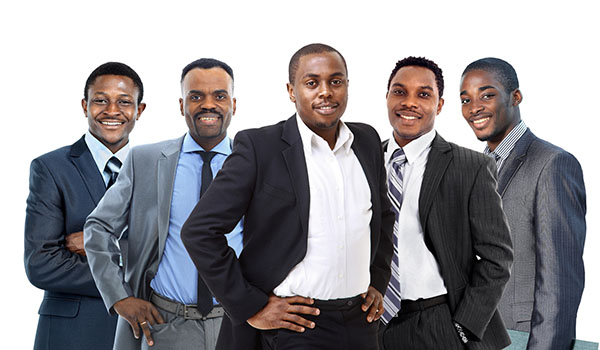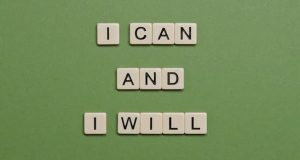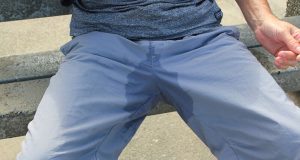By Dr. Virginia Nsitem
Pride Health Columnist
Many of my patients ask if they should use a back support or back belt when lifting heavy objects. This article will discuss the benefits of a back belt and the need for proper lifting techniques.
Lifting and my back
The lumbar spine has 5 vertebral bodies (spinal bones); each separated from one another by discs. The discs are made of cartilage and water, and act as “shock absorbers” for the spine, also responsible for helping to move the body. The muscles and ligaments in the low back are responsible for holding our posture straight, and helping us to bend, twist, and turn.
The back is most vulnerable to injury during any lifting activity. Awkward or difficult movements place added stress on the joints and muscles and can lead to back injury. In addition, maintaining a posture for long periods of time or performing repetitive movements can, overtime, lead to low back injury.
Function of a back support/belt
A low back belt can provide additional support to the low back and spine, especially when lifting heavy objects. However, some researchers have stated that the braces and belts only serve as a “reminder” to use proper technique when lifting. The braces and belts restrict your movement slightly and this can help remind you to avoid positions that contribute to low back injuries.
Tips for lifting
- If you use a back brace/belt, maintain your limitations. Just because you have a support for your spine does not mean that you are able to lift more than you could lift without the support. Don’t lift or handle more than you can easily manage. Know the weight of the object you are going to lift.
- Plan where you are going to place the object that you lift so that you don’t have to hold the object for a long period. Also, plan if you require gloves to lift the object. Wear appropriate clothing and shoes to lift heavy items.
- Keep the load you are lifting close to the waist, and bend with your knees and hips (in a squatting movement), with a slight bend in the back. Avoid fully bending the back.
- Avoid twisting or jerking movements with the back. Keep your head up to watch where you are going. Don’t forget to breathe!
- Ask for help if you have to lift a heavy object beyond your limit.
Dr. Virginia Nsitem is a chiropractor specializing in laser therapy for muscle, joint and nerve injuries, and is a Fellow of the Royal College of Chiropractic Sports Sciences in Canada. She may be reached at (905) 275-4993, or by email at totalhealth@bellnet.ca.
 Pride News Canada's Leader In African Canadian & Caribbean News, Views & Lifestyle
Pride News Canada's Leader In African Canadian & Caribbean News, Views & Lifestyle





